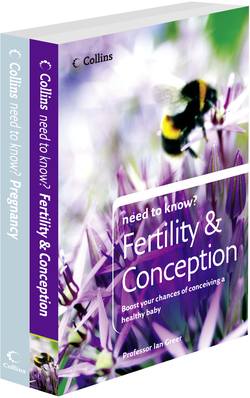Читать книгу Need to Know Fertility, Conception and Pregnancy - Harriet Sharkey - Страница 68
The quantity of food
ОглавлениеHow much food you need to eat depends on your body weight and BMI and also on how much exercise you take. However, if your BMI is in the healthy range for your age, typical servings per day of popular foods are as follows:
• one to two 75-110 g (3-4 oz) servings of lean meat
• six portions of fruit and vegetables, such as a medium-sized apple or peach or three heaped tablespoons of a vegetable
• five slices of wholemeal bread
• one to one and a half portions of rice (75 g (30 z)) or pasta (110 g (4 oz))
• one serving (medium bowl) of unsweetened breakfast cereal
did you know?
‘Eating for two’
Despite the old adage about eating for two during pregnancy, there is actually no need to substantially increase your food intake as your body becomes much more efficient in its use of food and energy when you are pregnant.
• 600 ml (1 pint) of milk or a 300 ml (½ pint) of milk and a yoghurt or serving (around 25 g (1 oz)) of cheese is enough to meet a pregnant woman’s extra calcium needs In addition, a portion (150 g (5 oz)) of fish can be eaten every other day
In late pregnancy, however, increase your energy intake by about 10 per cent, which amounts to an additional 200 calories for the average woman. This amount of calories can be gained by eating a large bowl of cornflakes with semi-skimmed milk, or two medium slices of wholemeal bread, very lightly buttered, although the amount can be spread out over several smaller meals if a large portion cannot be eaten in one sitting at this stage of pregnancy.
